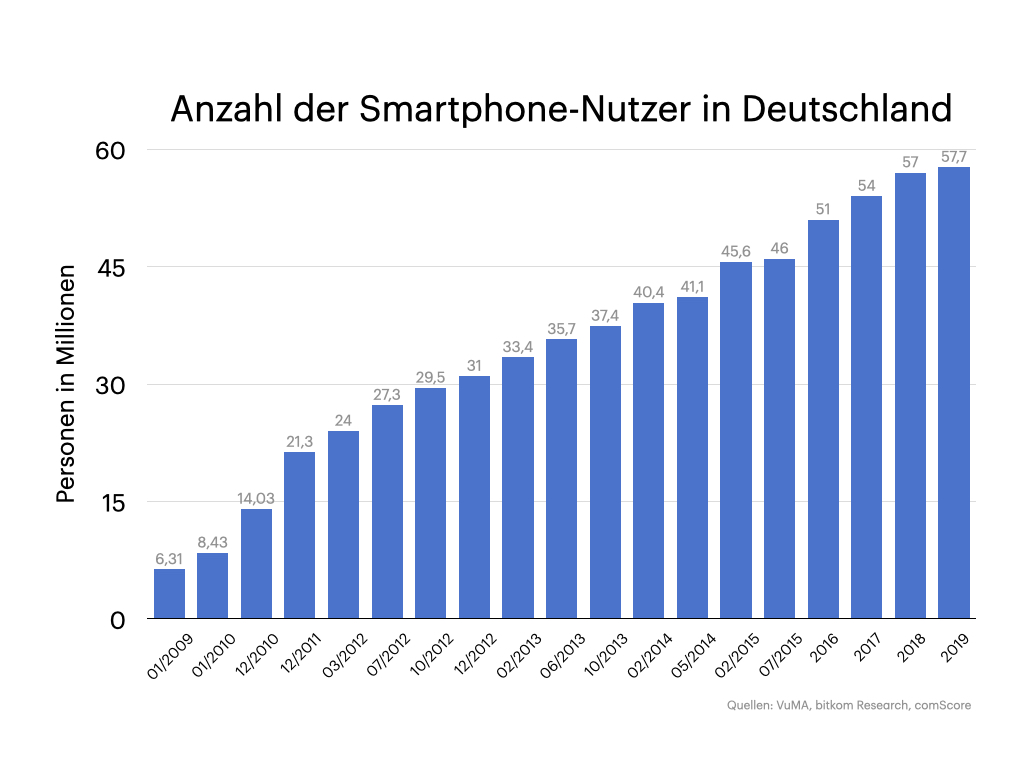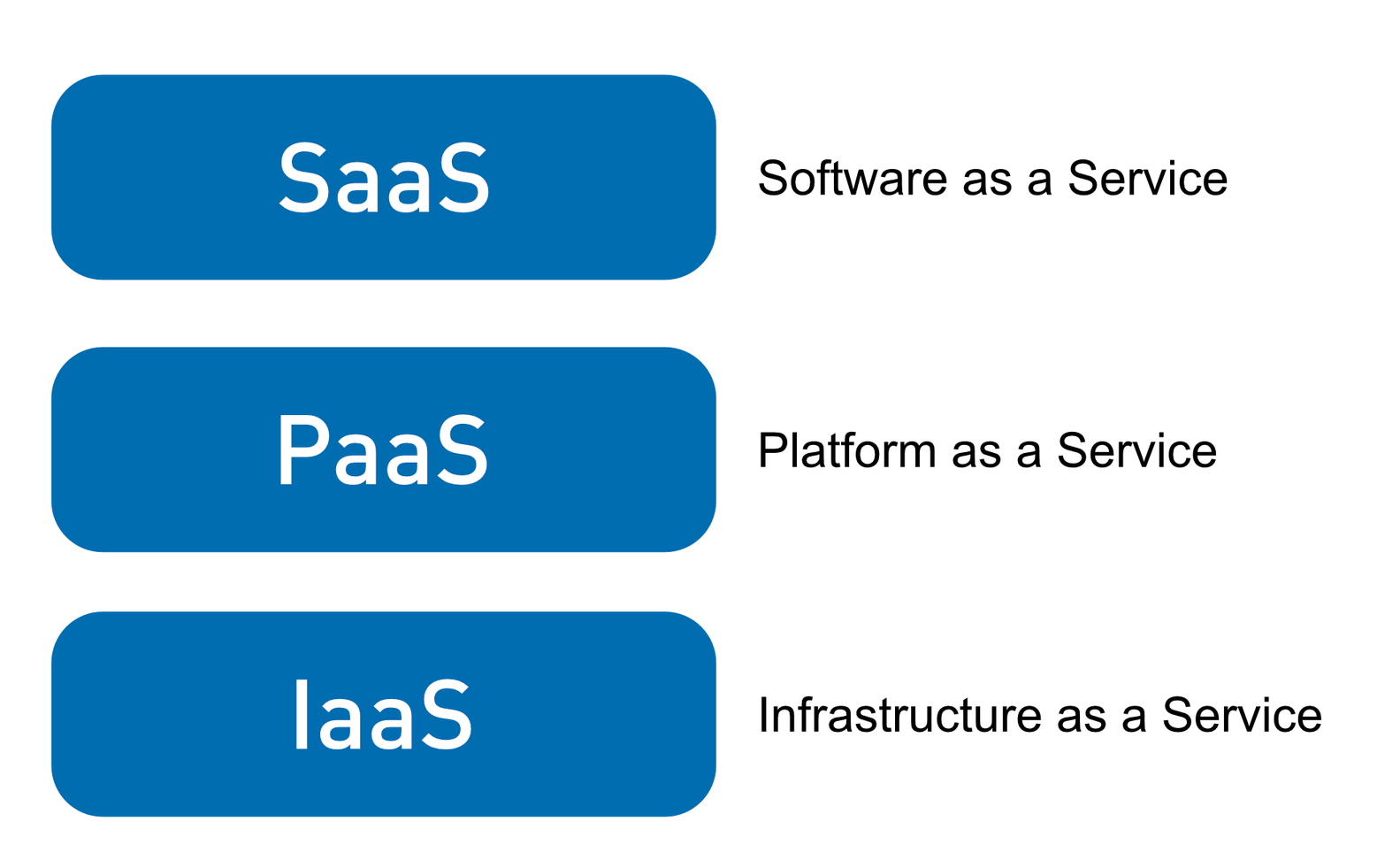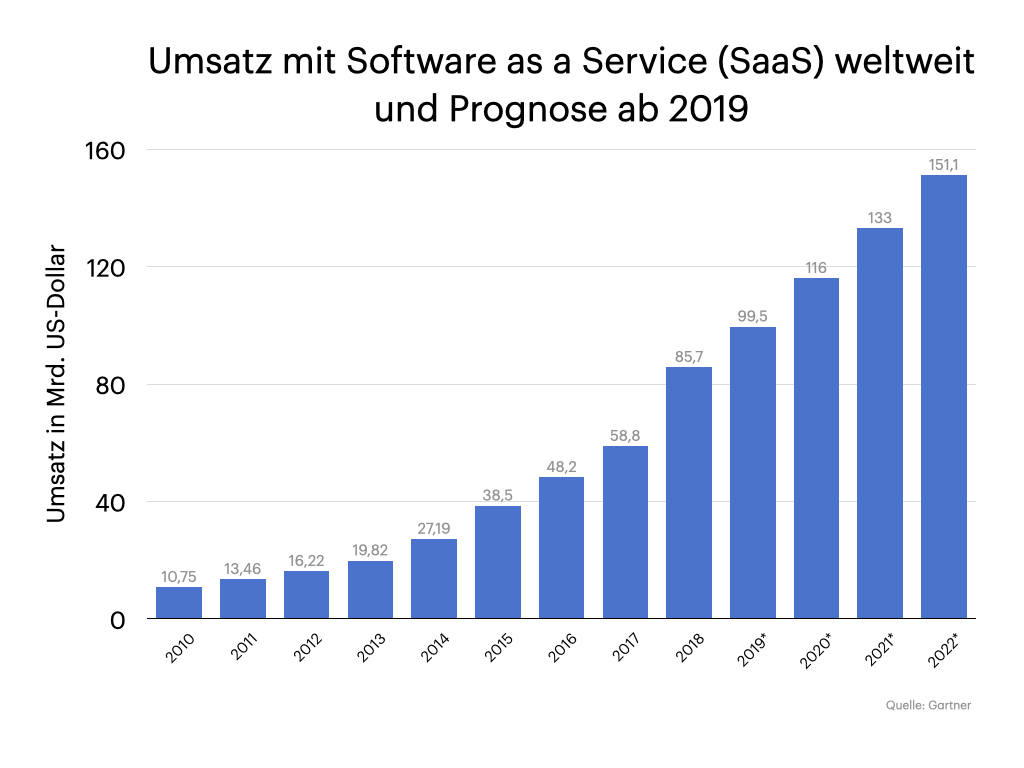When we talk today about companies taking advantage of the crisis around the new corona virus to make steps forward in digitization, we ask ourselves: why? Why is it necessary to leave it to a virus to be the trigger for a shift that has been around for decades? We ask ourselves this because we have lived and are still living the Shift. This is our story.
From Classic Local IT to Cloud Native Company
A lot has happened in the more than 30 years since our founding. The Internet became mass-compatible, the smartphone revolutionized the world, and nowadays it's normal to make choices about freedom and privacy. One thing has remained constant over all these years: Information is made available faster and easier to a broad mass of people. This technological progress is now, as it was then, the basis for what we do.
Starting as a small software house with a classic local IT, we have always had a broad knowledge of IT infrastructure. Always accompanied with innovative software solutions that ran on this infrastructure. From the best RAID to a diverse landscape of Linux, Windows and macOS machines (and also as a NeXT Dealer), we were able to handle the complexities and were always very broadly positioned.
We needed fast networks, Fast Ethernet, Gigabit Ethernet. That was always important for us. Smart routing, efficient networking, telephony, services in our own server room and later in our own data center, completely hand-optimized and the components carefully selected and matched. The model had worked well, but in recent years it has developed cracks.
Many services migrated to the cloud. Infrastructure knowledge is still important. But where once there were only a few systems, today it takes a multitude of multiple applications to run a service. Top of the line identity and security, a move away from monolithic architectures to loosely coupled systems, modern networking with resilience and elasticity on software stacks that are becoming more complex to meet today's needs. Replacing applications as requirements change has become normal.
Today, just about all services are online. Anyone can access anything from anywhere. Services can be tightly integrated. All that is needed is a cell phone or a computer.
As a logical consequence, we made the final cut in 2019 and completely separated from traditional local IT. While OHB InfoSys GmbH takes over the tasks of traditional IT for the OHB Group, we can now focus entirely on advising companies on the transformation of digitalization and engineering cloud-native apps. In this way, we are supporting companies on their way to the cloud.
The IT of the 1990s has little relevance for this anymore, not only for us, but also for the majority of companies. What reasons still speak for the company's own data center today? What value proposition do cloud and its operating models deliver for a company? Digitalization puts us in a situation where we need the cloud, not as a replication of internal IT, but as a new model with its own architecture. Then cloud models are more elastic and flexible (if applied correctly). The strong change in the market, but also in the companies, as well as the rethinking of people in society are changes that mean that IT has to change fundamentally to be relevant today. We have to be pioneers for this path, because cost pressure, IT security, quality requirements and integration with other companies and services are becoming increasingly important. For many, the use of cloud computing is and will become the most important building block in the corporate strategy of the 21st century.
We want to show which steps we have taken, which mistakes we have made and how we are pioneering for companies that are in the same situation as we were back then.
Everything's Commodity - The Late 2000s and Early 2010s
To do this, it's worth looking at the years 2006 to 2014. During this time, there were three major innovations, all of which rapidly increased the speed of information flow and access.
iPhone, Cloud Computing und Massenadoption von Smartphones
Of course, there was the introduction of the iPhone in 2006/2007. It paved the way for a new generation of services. At the same time, Amazon introduced AWS, offering for the first time an elastic cloud platform that made it possible to deliver services to smartphones.
Then in the early 2010s there was new competition, Android, app stores, Microsoft Azure. New platforms and operators in the ecosystems sprang up. Compute, storage, network, etc. were already available for little money on the open market, but now the market was on the move.
In the following years, the use of mobile devices increased to almost 60 million users in Germany today, so that one can assume mass adoption.
Today's world: mobile, connected and low risk
Today it is normal for each of us to book services on the Internet (even if only privately) and use them everywhere. And at a price that ranges from free to a few euros a month. This leads to little risk, because you can try it out and cancel if you don't like it. For companies, the developments are mixed. Successful companies are taking advantage of these opportunities and massively expanding their services for internal and external use, so that the quality of service increases and meets the needs. Companies that do not take advantage of these opportunities are under enormous cost pressure and are thinking about how to make their services even more accessible.
It's amazing how quickly business models have shifted from a storefront concept to an online-first concept. Under pressure on the business model from the current Corona pandemic, some companies have managed to convert. If you can even buy ketchup online now, then the online model is probably the only one that works today.
SaaS is the model most companies use today when they buy products. The full service is delivered, you don't have to worry about the underlying layers. The only thing that matters is the added value of the service combined with the price. This makes the decision to buy easy. Mostly in conjunction with leasing models and monthly subscription costs, SaaS products are present in many companies today.
With PaaS, the service provider bundles several infrastructure services into one offering. Common PaaS applications are, for example, web services, such as those available in Microsoft Azure as a web app.
PaaS offerings are characterized by the fact that they usually deliver the services that the customer wants to offer as SaaS in a simplified way through a very simple deployment, and you only have to worry about network, compute and storage to a very limited extent. With Azure, it is enough to define what VM speeds and capacities are needed. Scaling and load balancing of these applications is then handled by the platform and can be automated.
PaaS platforms thus offer significant advantages for many applications.
When it comes to having full control over everything, IaaS services are the way to go. For example, there are several scalable compute solutions available from the major providers, for example Amazon EC2, Google Compute Engine or Microsoft Azure Compute. They all offer comparable solutions. In addition to compute, storage and network services are also classic IaaS products. This service model offers customers the advantage of not having to set up their own data center, because each part of the infrastructure can only be accessed via the cloud, but must also be maintained and serviced.
Studies such as the bitkom survey show that nine out of ten companies are already using cloud computing today. A further 8 percent are considering cloud use and only 3 percent of companies are against it.
Private Cloud
In the private cloud, resources are provided in an external data center that are only accessible to a special group of users. This is done either via a protected network or restricted access via the Internet. In the private cloud, the independent administration often results in the same expense as for the operation of an own data center. The resources are also reserved exclusively for the operator.
Hybrid Cloud
In the hybrid cloud, local resources in the data center exist in parallel with public cloud resources. This is particularly useful if there are compliance requirements that necessitate this or if the protection of information prevents storage in a public cloud. In particular, government organizations, financial organizations and organizations that want to exercise particularly high control over the storage and processing of their data use this.
Which solution is now the right one for us?
With the knowledge of service models and the various clouds, we now also had to consider how we would like to shape the discontinuation of classic IT.
The questions that play a role in this:
-
Can we use (almost) all business-relevant services as a ready-made SaaS product?
-
Can applicable compliance requirements be covered?
-
In particular: Is data protection sufficiently taken into account? Can privacy requirements be consistently transferred and the strengthening through DSGVO also be realized in the cloud?
-
Is data security guaranteed? (Or is it perhaps even higher than before? Keyword ISO 27001:2013).
-
Are the innovations in processes and in the way of collaboration suitable for our organization?
-
Do we have the necessary transparency and change capability in the organization?
-
Can we achieve cost reduction while maintaining a better service level?
The answer to all these questions was: YES.
Nothing stood in the way of operation in a public cloud either. None of the business-critical applications were to exist in a self-developed variant at the beginning. The services in the office were thereby reduced to the most essential, so that we could carry out our work entirely over the Internet (a decision that helped us keep the operation running without losses in early March 2020 at the time of Corona).
In the long list of services we need (booking system, collaboration tools, office services, planning tools, design tools, CRM, marketing tools, cloud computing platform, automation platform, ...), currently there are mainly Google with G Suite or Microsoft with Microsoft 365 as major platforms that try to map these requirements in one package.
The decision: OHB DS and Microsoft 365
We decided to go with Microsoft 365. Google has a very good offering with G Suite, yet Microsoft offered us
- Office integrations for the Office apps we were using,
- a logical extension for our development that was already running in Microsoft Azure, and
- a good platform to launch Dynamics 365 as an accounting and CRM tool.
With the rollout plan in our pocket, we launched Microsoft 365 in 2019.
The steady transition - the new normal
But wait a minute: the story doesn't end here, because we're not done today. We've been working for 2 years to further optimize our business with the right tools.
Microsoft 365 extends our collaboration tools around the Atlassian Suite and pulls together elemental business applications. The platform provides us with cohesive knowledge through a variety of key business tools, from accounting to development.
We also find our business applications in the cloud and our old OnPremise systems have been replaced. We have a modern CRM for our customer contacts and work with collaboration tools in Microsoft 365.
Rather than simply lift and shift services to the cloud, we considered which services could work the same in the cloud and which could not. We then gradually introduced the new processes and the new tools, sometimes a little too quickly, sometimes only superficially. We are learning every day what it means to implement a functioning operation on these tools. We also continue to introduce new services and this constant change has become the new normal.
Some employees wish for a world back in which we were also finished at some point. Our response today can only be: That world is over and we now live in constant change.
![[Translate to English:] Unser Vorstoß in die Cloud [Translate to English:] Cloud](/fileadmin/_processed_/2/5/csm_gluehbirne_89245cea0a.jpg)


